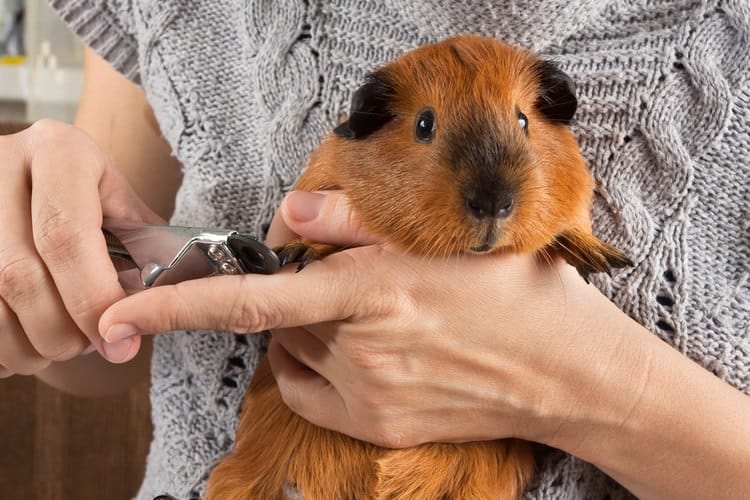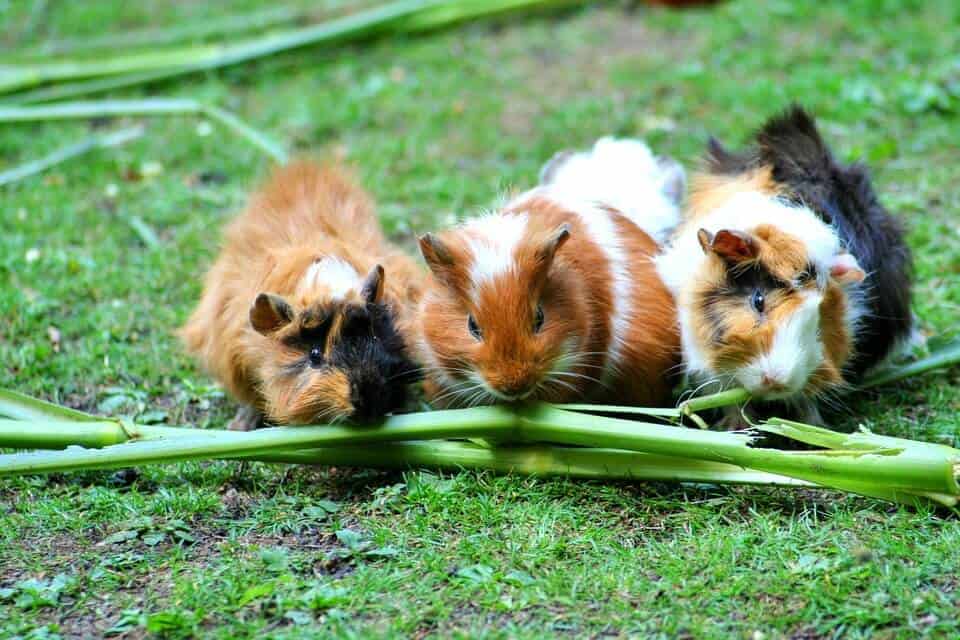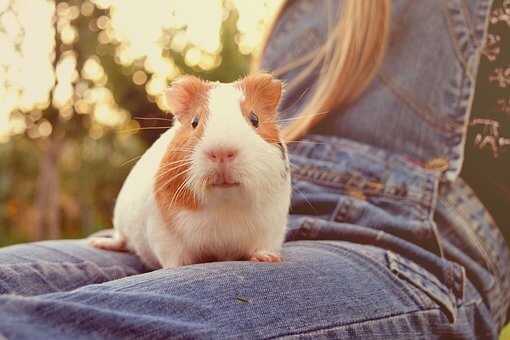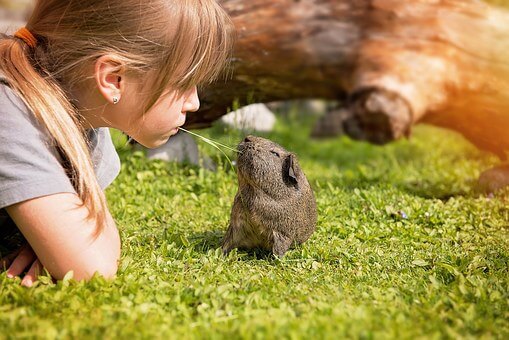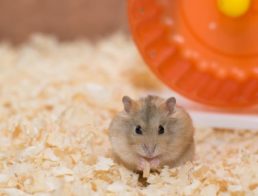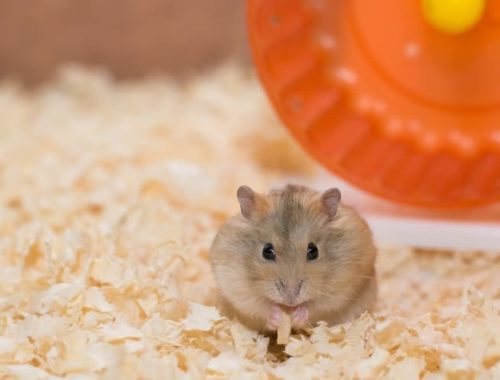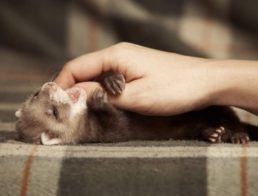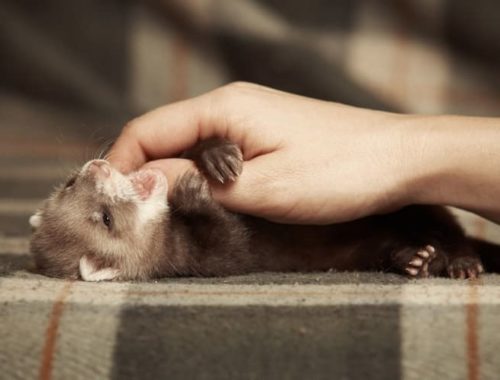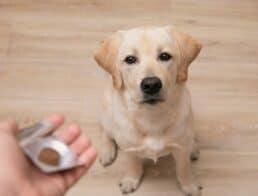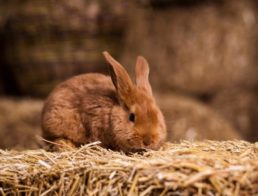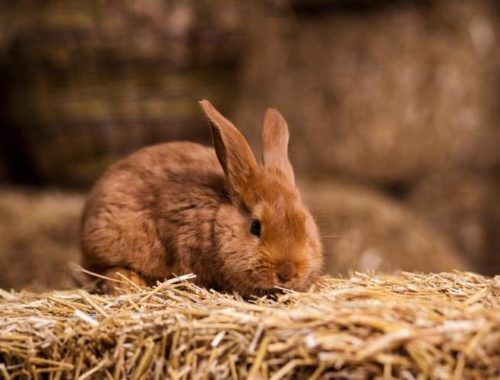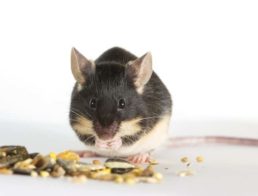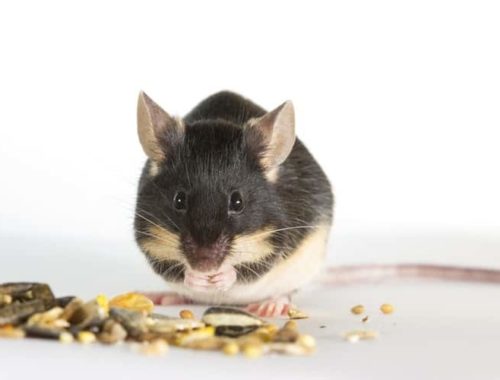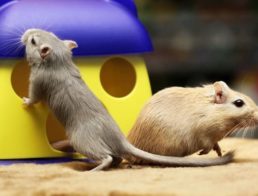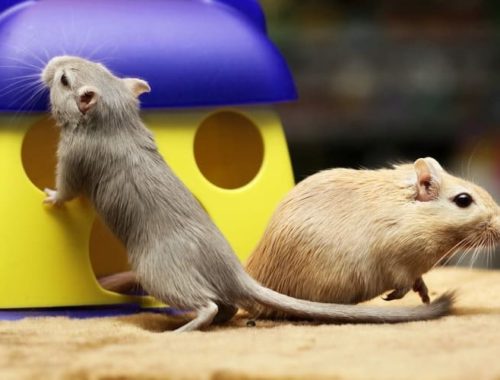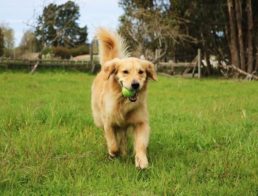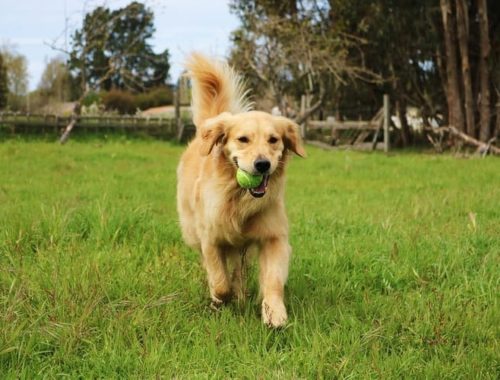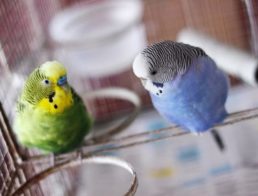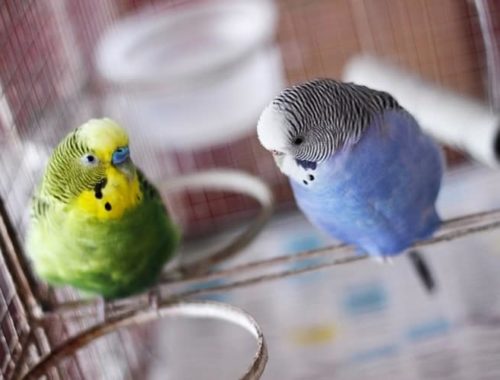Guinea pigs, sometimes called cavies, are hardy, funny, easy-to-maintain pets that are growing in popularity. Affectionate and good with children, guinea pigs don’t require a lot of special care. Still, with any pet, it’s important to know how to keep them healthy and happy. Read on to learn about how to take care of your new pet guinea pig.
How to Set Up for Your Guinea Pig
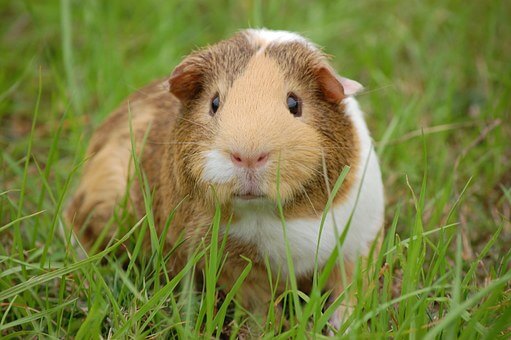
- Choose the right cage for your guinea pig. Although your guinea pig might be very small if she is a baby, she will grow quite a bit larger. The cages sold in many stores for small animals are not big enough for your pet. Look for a cage that is a minimum of 7.5 square feet. This will seem large for a young cavy, but it’s the right size to accommodate an adult. If you are getting two guinea pigs, get a cage that is at least 10.5 square feet to accommodate both of them. (One caveat: If you want two cavies, choose two males or two females; otherwise you will end up with many babies. Guinea pigs can begin mating as young as one month old.)
- Get a tray if the cage has a wire bottom. It’s uncomfortable for your pet to have an uncovered wire bottom, so get a tray which covers the entire bottom. This also will make cleaning easier, as you will be able to slide it in and out.
- Purchase cage supplies. You will need to provide bedding, a food dish, a water bottle, and toys for your new pet. Do not buy pine or cedar shavings because these are toxic for cavies. Timothy hay, which is part of the guinea pig diet, is the best form of bedding.
- Cover the bottom of the cage with bedding. Some bedding options include hay bedding, paper bedding, aspen bedding, or fleece beddings. Do not use Cedar or Pine bedding, as they are hazardous to guinea pigs.
- Prepare at least one room to be safe for your guinea pig. Your pet will need to run around frequently, so it’s important to have one room where they can explore and stretch their legs safely.
- Remove any wires or cables that your cavy could chew on and get electrocuted.
- Remove any other pets from the room. While some guinea pigs can get along with dogs, cats, and other animals, many are afraid. Introduce them carefully and slowly, but don’t rush things and let your guinea pig run around without other animals present at first.
- Close all of the doors to the room so your pet doesn’t escape.
- Choose a room with easy-to-clean flooring because your pet might have an accident on the floor.
How to Feed Your Guinea Pig
- Purchase commercial guinea pig food. Feed him about 1/8 cup of guinea pig food per day. Anything that he doesn’t finish needs to be removed so it doesn’t go bad.
- Give your cavy plenty of Timothy hay. Your pet’s front teeth will grow continuously, so he needs to gnaw on Timothy hay to keep them from growing too long. If you’re using Timothy hay as bedding, be sure to add fresh hay daily and remove any soiled hay.
- Supplement with fresh vegetables. Dark leafy greens (spinach, kale, dark green lettuce) are best. Offer a cup of these greens per day. You can also give your pet a few carrots or sweet potato a couple of times per week. Again, remove what isn’t eaten.
- Always have fresh water available.
How to Pick Up Your Guinea Pig
- Choose a time when you and your pet are both calm. While sometimes you might need to scoop up your guinea pig quickly, it’s best, at least in the beginning, to proceed slowly and calmly.
- Support your cavy’s body from underneath. Place one hand under her chest and wrap your fingers around her body gently. Place the other hand under her bottom and lift her straight up.
- Hold her close to your body. Holding her close will make her feel secure and will prevent her from hurting herself trying to get away.
- Play with your guinea pig. Cavies are sociable and playful, so buying some guinea pig toys is a fun way to engage them and help them bond. Ping pong or tennis balls are fun for your pet to chase. You could also buy a tunnel; and avoid creating your own tunnel out of any materials that include paper, cardboard or glue as it can cause digestive issues for your pet.
How to Clean Your Guinea Pig
- Brush your guinea pig regularly to prevent the need for a bath. Guinea pigs generally keep themselves clean. A short-haired guinea pig can be wiped off with a dry cloth and brushed gently a couple of times per week. A long-haired guinea pig needs to be brushed gently each day.
- Warm up the room before attempting a bath. If your guinea pig has a fungal skin condition, it’s possible that she will need a bath. It’s very important that she doesn’t get cold. Turn up the heat (or turn off the air conditioning and any fans) in the room that you will be using.
- Use special small-animal shampoo. Check with your veterinarian to see which type of shampoo is best. Do not use human shampoo or products formulated for dogs. Rabbit shampoo is generally safe to use on guinea pigs. You might also need a medicated shampoo if you are bathing your cavy due to a skin problem.
- Use warm (not hot) water to wash your guinea pig. Wash her quickly, being careful to rinse all of the shampoo off. Wrap her in a warmed towel and rub gently until she’s mostly dry. Keep her in the warm room until she’s completely dry. Don’t put her in her cage wet.
- Use a blow dryer only with extreme caution. First, it can burn your guinea pig’s sensitive skin. Secondly, it can scare her. If you are unable to keep the room warm enough, blow-drying might be an option but do be aware of the risks.
- Clip your guinea pig’s nails as needed. Don’t let them get too long. Use nail clippers to remove just the tip of the nail to avoid cutting into the blood vessel inside, which is called the quick.
How to Clean Your Guinea Pig’s Cage
- Scoop out the cage every day. Pull out any soiled hay. Pay close attention to the corners, where guinea pigs tend to do their business. Replace that hay with clean hay.
- Wash your guinea pig’s water bottle and food dish daily. Empty out old food and replace the water.
- Deep-clean the cage every week.
- Take your guinea pig and all of the hay and accessories out of the cage.
- Use a cloth that’s moistened with diluted white vinegar to wipe out the cage.
- Scrub out the tray to remove any debris or urine smell. Rinse it with plain water.
- Be sure to let it dry completely before adding clean, new hay and all of the accessories and toys.
How to Tell If Your Guinea Pig Is Healthy and Happy
- Check your guinea pig’s eyes and nose. Both should be clear. Your guinea pig might have a bit of milky discharge from his eyes; this is normal. Any other discharge from either his eyes or his nose should be evaluated.
- Check your guinea pig’s coat. Brush your guinea pig’s skin when you brush him. It should be full, and there shouldn’t be bald spots. Check your cavy’s skin, too; any redness, dryness, or flaking should be reported to the veterinarian. Sometimes, guinea pigs get a type of mite called mange. This is very uncomfortable and itchy and requires medication, so don’t delay if you are concerned.
- Check your guinea pig’s droppings. Guinea pigs have two types of bowel movements. First, they have caecotrophs, which are soft droppings that they eat. They usually eat them quickly enough that you won’t see them very often. Once those are digested, they produce hard pellets, which is what you’ll find in the cage. If you aren’t finding any droppings, it could mean that your cavy is constipated. Give him a piece of apple or pear to see if that helps. If not, call the vet. If you are finding diarrhea, consider it an emergency because he can become dehydrated very quickly.
- Check your guinea pig’s bottom. Cavies usually keep themselves clean, but if yours has a wet, smelly bottom, he could have a urinary tract infection or diarrhea. This requires a trip to the veterinarian.
- Check your guinea pig’s behavior. Guinea pigs are generally active, funny creatures. They will usually run or jump around out of their cages and, if they are well-socialized, they’ll be friendly to their people. If yours is uncharacteristically quiet or if he’s isolating himself in the corner of his cage or not interested in playing, it’s possible something is wrong. Look for other signs of illness and, even if there are none, take him to the vet if his poor mood lasts more than a day.
Your guinea pig, with good care, can live four to eight years, so you have a good number of years ahead of you if you have just gotten your pet. If you have concerns about your guinea pig’s health, be sure to consult with your veterinarian. Otherwise, just enjoy your new friend!


